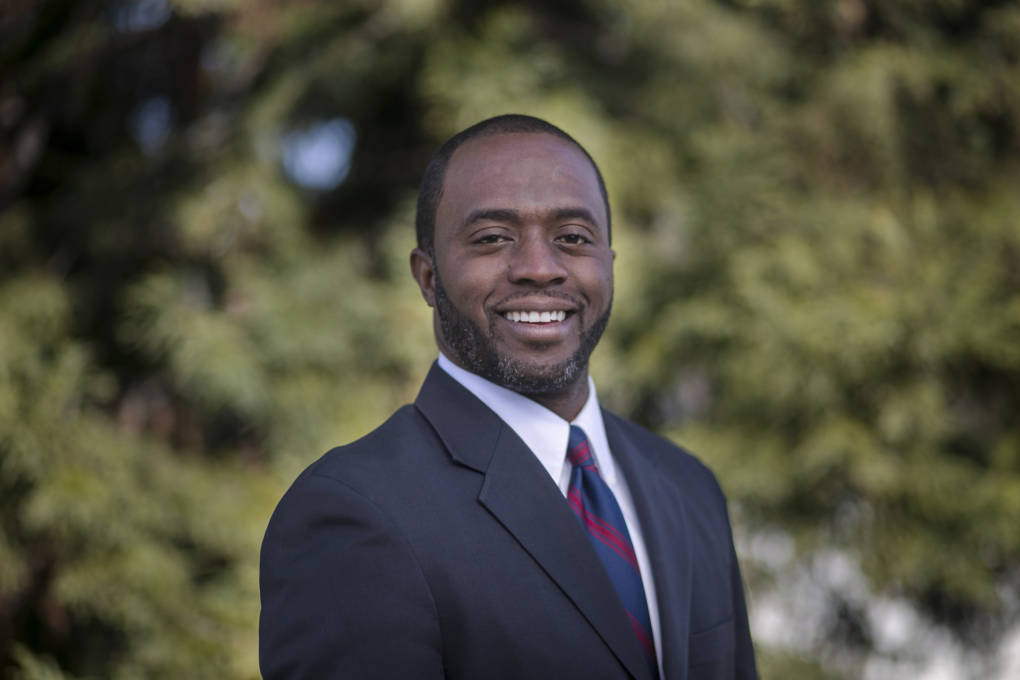At a Jan. 5 press conference in Los Angeles Unified School District, State Superintendent of Public Instruction Tony Thurmond gave an update on the return from winter break and the ongoing distribution of rapid tests, as well as legislation the California Department of Education will be sponsoring and initiatives to address learning loss and support youth dealing with pandemic-related trauma.
The emergence of the omicron variant of COVID-19 and the state’s record-breaking seven-day case positivity rate of 21.3 percent as of Jan. 4 have set a less than ideal scene as students and staff make their way back to campuses or prepare to do so.
While the Governor told local educational agencies that they would receive at-home test kits for students to use prior to the end of winter vacation, roughly half of the 6 million tests needed had made their way to counties by Monday, Jan. 3, according to the Los Angeles Times.
“Some [LEAs] have received tests and many have not, and that’s unfortunate and that’s difficult and we’ve been in touch with the Department of Public Health and various folks in the [Newsom] administration on how to break through whatever the delays are,” Thurmond said during the live-steamed event.
Delays were due in part to issues with the weather, he mentioned — adding that efforts to expedite the arrival of tests to districts were underway.
Thurmond said that between 400,000 and 800,000 tests had been delivered in Los Angeles County. He had received estimates that another million were needed and that Jan. 7 was expected to be a “primary day” for distribution.
He also shouted out El Segundo USD, Downey USD, Alhambra USD, Inglewood USD and Long Beach USD, who had all found ways to secure and distribute test kits to students on their own.
Thurmond reiterated that getting vaccinated and receiving a booster shot are still critical to keep individuals and communities safe. On Jan. 3, the Food and Drug Administration authorized the use of the Pfizer booster for youth ages 12 to 15. The Centers for Disease Control and Prevention followed suit on Jan. 5.
To bolster student success both short- and long-term, CDE will continue to work on a variety of projects — some born from the pandemic and some that predate it.
“We are focused on recovery and dealing with impacts [of COVID-19], but we cannot lessen our efforts to close the learning gaps that we were trying to close even before the pandemic,” Thurmond said. “We want to think about what we’re going to do for California schools for the next several years to help them and help our students to thrive.”
For starters, Thurmond said the department is creating a workgroup focused on staffing shortages. “We’ll look at everything from compensation to building a pathway for someone who might become a bus driver or a teacher,” he said. “We’ll talk about how to steer the resources that the state of California now has to help us broaden and diversify our workforce. We’ll talk about things like educator housing … we will continue to have those conversations and use this workgroup to help us identify strategies and best practices to help us build the workforce that we need to support our students going forward.”
Additionally, the group will look at ways to distribute resources such as personal protective equipment and tests more effectively to schools.
Addressing learning loss through more expanded learning opportunities, work toward universal transitional kindergarten, making sure no young people go hungry and supporting literacy for early learners will still be main objectives, as well as expanding help for homeless youth. Expanding the number of dual language programs and community schools will be points of focus too.
The CDE will pursue a program to add 10,000 more mental health clinicians to campuses — which will in turn aid in addressing the growing mental health needs of students — and seek to retain teachers already in the classroom and help support those on the path to being credentialed through a paid internship program.





